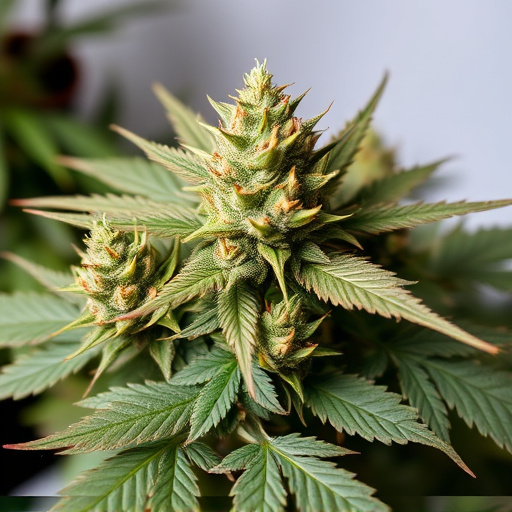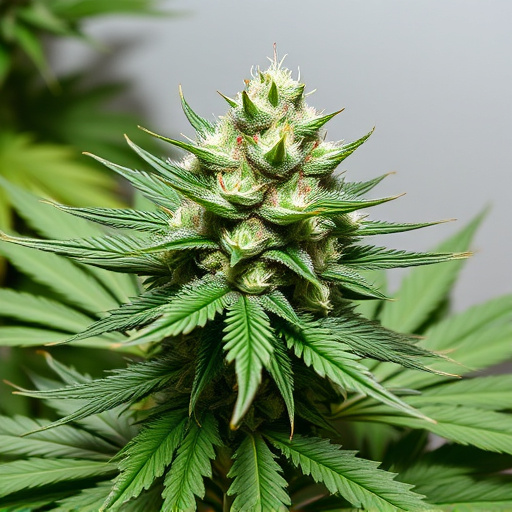The strongest cannabis strains offer intense short-term effects like heightened senses and altered time perception but also carry significant risks, especially with regular use. Physical symptoms include red eyes, dry mouth, and coordination problems, while long-term impacts may lead to respiratory issues, heart strain, chronic bronchitis, mental health challenges, and distorted vision. These strains notably affect motor skills, increasing dangers in activities requiring precise control. While effects may be reversible with abstinence, prolonged exposure could demand extended periods of non-use for recovery.
“Unraveling the multifaceted effects of weed: a comprehensive guide to short- and long-term impacts. From immediate sensory alterations to potential long-lasting health implications, this article delves into the physical, mental, and emotional changes associated with cannabis use.
We explore the role of strongest cannabis strains, focusing on THC content, CBD benefits, and hybrid vs indica effects. Learn how different strains cater to specific needs, offering both relaxation and therapeutic advantages while highlighting crucial considerations for responsible use.”
Short-Term Effects of Weed
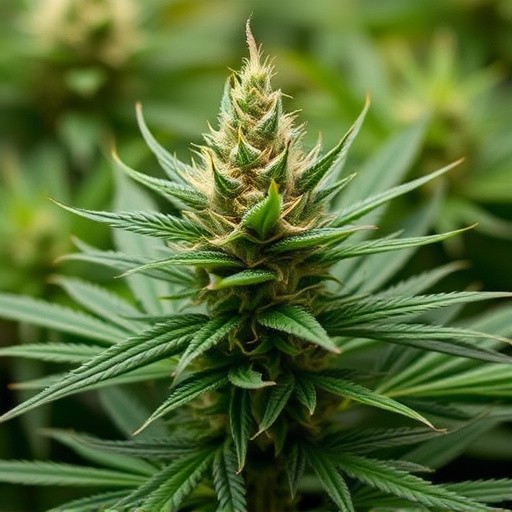
Using cannabis, especially the strongest cannabis strains, can lead to a range of short-term effects that vary based on individual tolerance and consumption methods. Immediately after ingestion, users may experience heightened sensory perception, increased appetite (often referred to as “the munchies”), relaxation, and altered time perception. Moods can swing from euphoria to anxiety or paranoia, especially with high THC content strains. Physical effects include red eyes, dry mouth, and a heightened sense of touch. In some cases, users may experience coordination problems, difficulty concentrating, and even temporary memory lapses. These symptoms usually subside within a few hours as the active compounds are metabolized by the body. However, regular short-term use can lead to dependence and tolerance, making it important for users to monitor their consumption.
– Physical Impacts
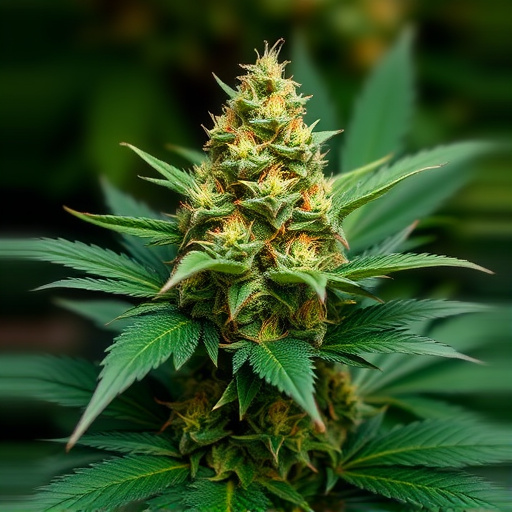
The physical impacts of regular cannabis use, especially with the strongest cannabis strains, can vary greatly depending on the frequency and amount consumed. Short-term effects may include respiratory issues due to increased coughing and smoking, as well as potential strain on the heart and blood vessels, leading to elevated heart rate. Vision may also be temporarily affected, causing a distorted perception of time and space.
Long-term use can result in more serious physical consequences. Regular smokers might experience chronic bronchitis and respiratory problems, similar to those caused by long-term smoking of tobacco. Some studies also suggest an increased risk of developing certain types of cancer, particularly in the lungs and throat. Additionally, there may be negative impacts on mental health, including heightened anxiety, depression, and psychosis, especially in individuals predisposed to these conditions.
– Coordination and Motor Skills
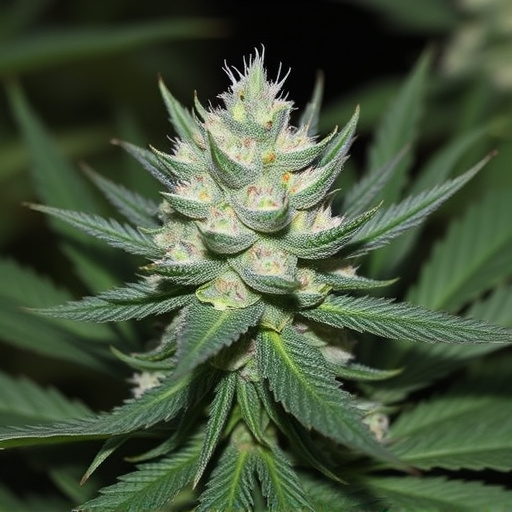
Cannabis, particularly the strongest cannabis strains, can impact coordination and motor skills both in the short-term and long-term. In the immediate aftermath of consumption, users may experience a decrease in dexterity and balance, leading to impaired hand-eye coordination and slower reaction times. This heightened vulnerability is especially pronounced when engaging in activities requiring precise physical control, such as driving or operating heavy machinery.
Long-term use of cannabis can also lead to more sustained effects on motor skills. Research suggests that chronic users may face challenges in maintaining balance and coordination, even after the acute effects subside. The impact can be particularly notable among individuals who start using cannabis at a young age, as their developing brains might be more susceptible to these changes. These effects are often reversible with abstinence, but consistent exposure to the potent compounds found in strongest cannabis strains may necessitate prolonged periods of non-use for full recovery.
In conclusion, understanding both the short-term and long-term effects of weed, particularly its impact on coordination and motor skills, is essential for informed decision-making. While the strongest cannabis strains may offer therapeutic benefits, it’s crucial to recognize that they can also affect physical abilities in the short term. Awareness of these effects can help users navigate their consumption responsibly, ensuring safety and well-being in both immediate and lasting ways.



